How to Flood Proof Your Basement: 15 Effective Tips
-
Chris Dinesen Rogers
- Last updated:
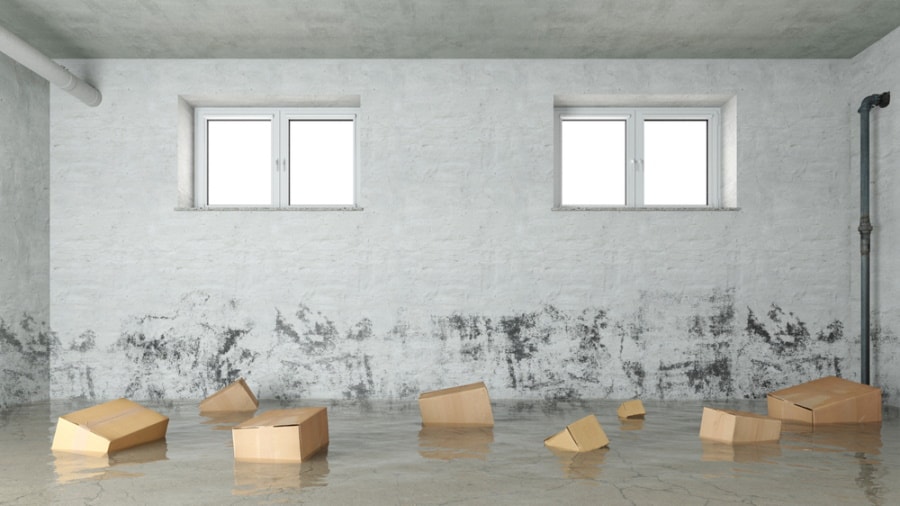
Flooding is one of the worst things that can happen to your home. It can have lasting effects from mold and property damage that increase your losses and delay a return to everyday life. The most expensive flooding event occurred with Hurricane Katrina, costing an estimated $16.2 billion¹ to affected property owners.
It does not take much rain, snow melt, or leaks to cause issues. Your home will likely rack up about $25,000 in damage¹ from only 1 inch of water. The sobering fact is that most insurers don’t cover these events. You have to get flood insurance. Let’s review what you can do to mitigate your risk.
The 15 Tips on How to Flood Proof Your Basement
1. Sealing Your Basement
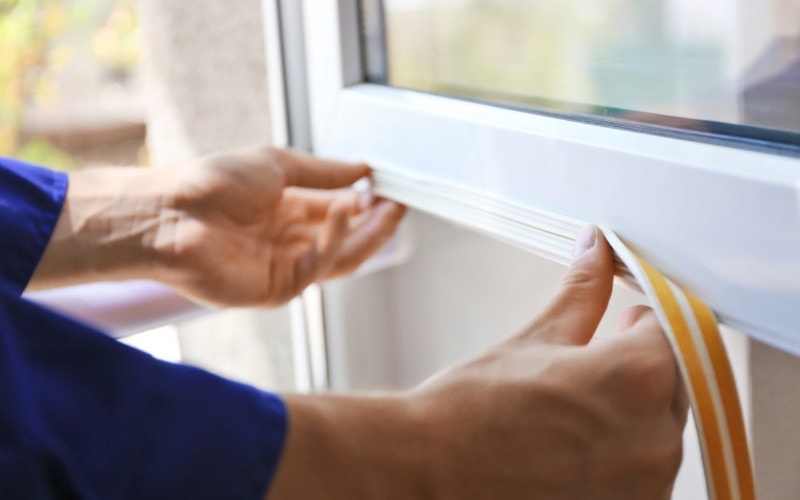
Even the most soundly built house may occasionally leak because of cracks or other structural damage. It could happen because of the natural heaving of the Earth. If you live in a place with extreme winters, the freeze-thaw cycle can wreak havoc on your foundation. Then, there is nuisance wildlife, which can cause extensive damage. That’s why inspecting your interior and exterior walls for issues is essential.
You should also check the caulking or weatherstripping around windows and doors while you’re at it. They can dry out or crack because of lower humidity during the colder months of the year.
2. Sealing the External Walls
You can take this preventive measure one step further by applying a waterproof veneer to the external walls of your home. That will help keep water out before it can do any damage to your basement. It can also protect against mold and the additional trouble it can cause. Prevention is always the best plan, particularly if mold can form in your ductwork.
3. Fixing Leaks
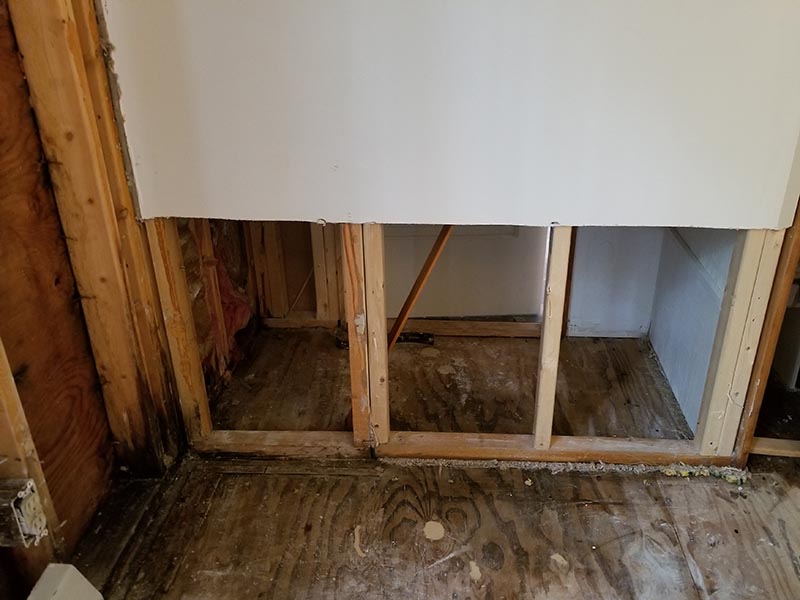
The problem with leaks is that they inevitably get worse. The water loss can be staggering if left unchecked. You’ll likely find the information from the US Geological Survey’s drip calculator¹ surprising. However, a leak also represents a vulnerability. A flood can make a minor issue become something quite serious. Besides, it’s money going down the drain—literally!
4. Installing a Backwater Valve
Natural disasters don’t cause all flooding issues. Sometimes, the problem is closer to home, like a municipal sewage backup. Contaminated water spewing into your basement can lead to severe health consequences. That’s saying nothing about the property damage and clean-up costs. Installing a backwater valve can give you the peace of mind of knowing it won’t happen by preventing it.
5. Installing a Sump Pump
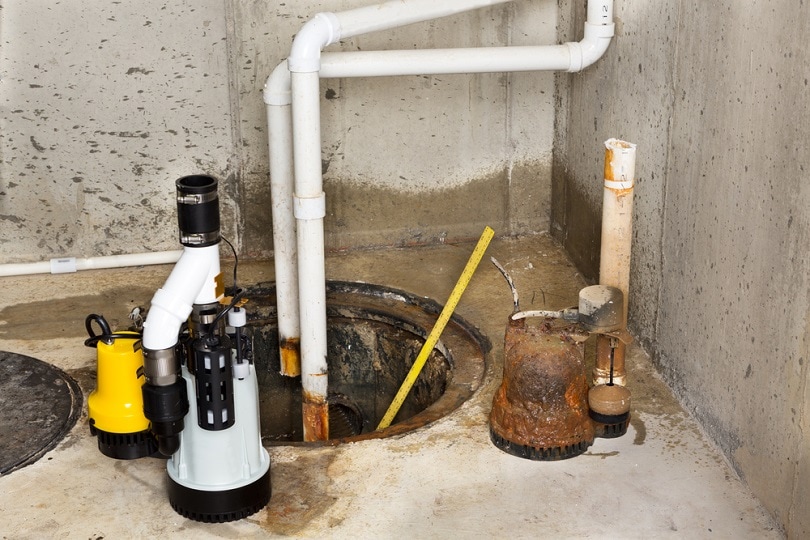
A sump pump is a no-brainer if you live in a flood-prone area. You can think of it as part of your triage kit. It steps up when your basement is already filling with water. However, the sooner you get it out of your home, the less damage you’re likely to incur.
We strongly urge you to install one with a battery backup to ensure it keeps working if your power goes out during the flood.
6. Setting Up Sensor Technology
You can take advantage of the benefits of smart technology by installing a flood sensor. It is an excellent way to get alerts about problems so that you can take quick action to prevent further damage. That’s particularly true if you don’t use your basement a lot. A leak or water seepage may go undetected, making the situation worse.
7. Downspout Extensions
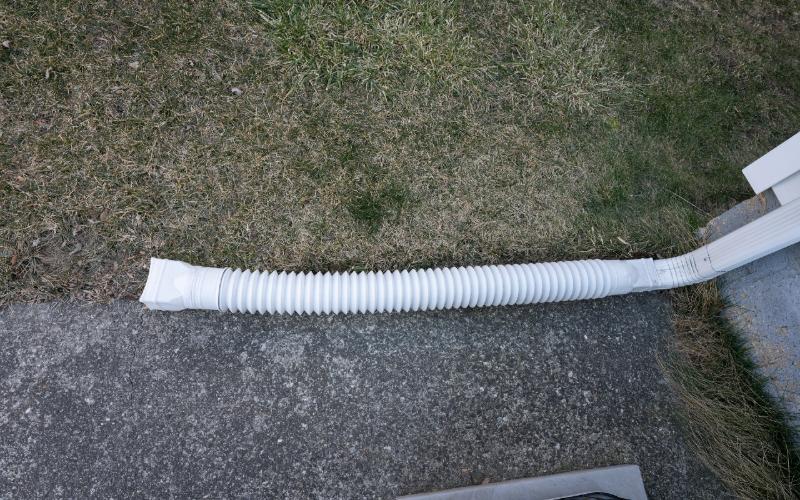
We’re moving outside of the basement to other options for reducing your flood risk, starting with your downspouts. Water seepage can occur if run-off pools around your foundation. The best way to prevent it is to redirect the flow away from your house with extensions. We suggest positioning them, so the water goes down and away from your home if possible.
8. Clean Gutters
It’s not the easiest or most pleasant home maintenance task. However, it’s one of the best things you can do to flood-proof your home and prevent seepage. Leaves and other debris can impede the water flow off your roof. It may end up cascading over the sides and pooling around your foundation. The other concern is ice dams during the winter that have similar effects.
9. Grading Your Yard
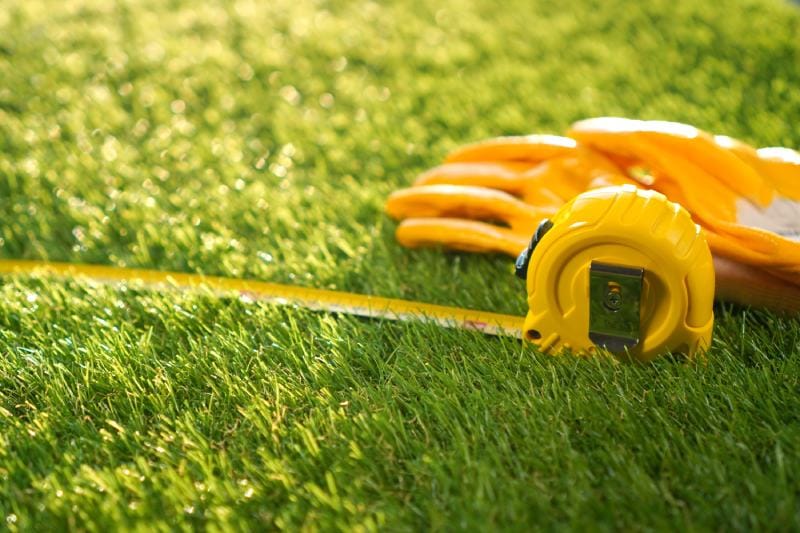
This tip is a bit more involved, especially if you have a lot of earth to move. The idea is to create a slope that directs water away from your foundation. Sod, shrubbery, or trees can help anchor the soil in place to prevent run-off from carving ditches and weakening it. It’s a labor-intensive job that you may want to hire a contractor or landscaping company to do.
10. Installing a French Drain
A French drain system is an effective solution if flooding is a frequent occurrence. It’s similar to drain tiles that farmers use to redirect water flow on agricultural land. It involves digging a trench and installing a perforated pipe along its length. A gravel covering ensures good soil drainage, which improves its performance, especially if you have slow-draining clay soils on your property.
11. Shutting Off the Water
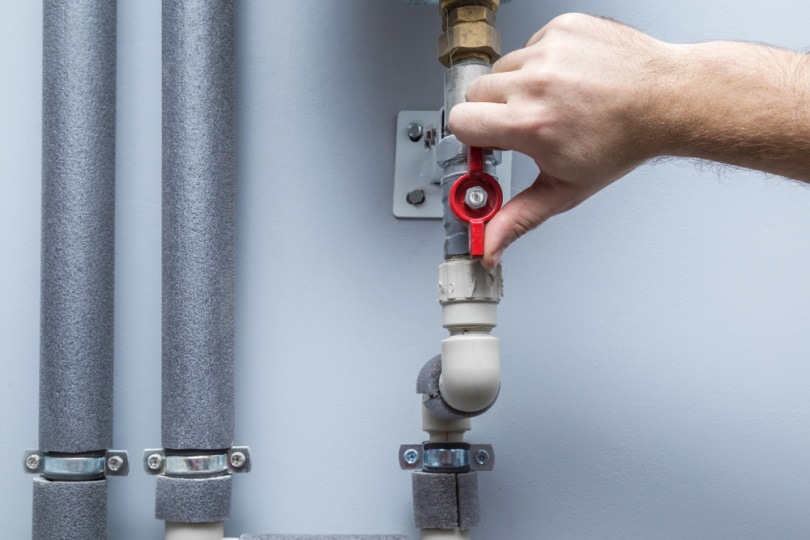
We’re now going to consider preventive steps. If you are planning to be away from your home for an extended time, you might consider shutting off the water. It won’t prevent basement flooding entirely, but at least you won’t have to worry about leaks or a pipe bursting while you’re away. If it isn’t an option, check into installing a shut-off valve to turn off the basement water only.
12. Raising Up Appliances
A serious consequence of a flooded basement is the risk of electrocution if you have electric appliances in the room. We suggest putting them on pallets or another sturdy surface to get them off the floor.
Of course, it has limited applications since it’s only feasible to raise them so high. Nevertheless, it may help mitigate your damage costs if you get water in your home.
13. Consider Replacing Your Floor or Carpets
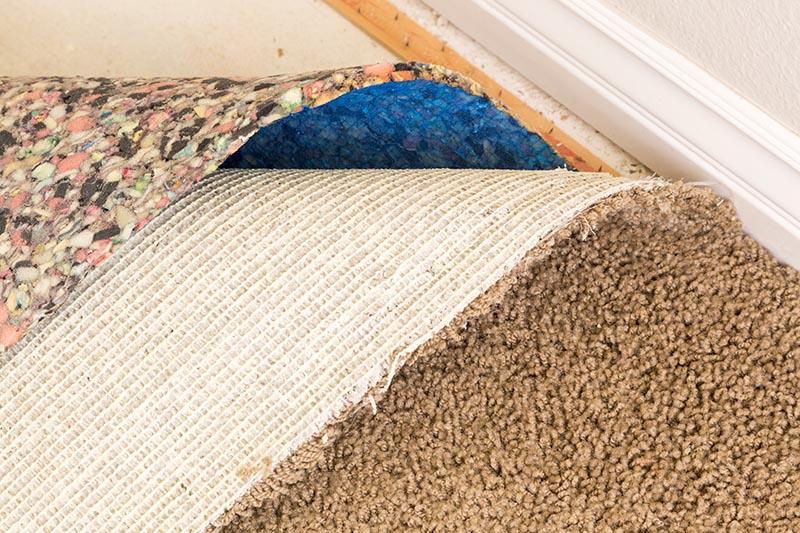
If you live in a flood-prone area, you may have to rethink how you finish your basement. You may want to think about installing flooring that can withstand some water without serious damage. Instead of carpeting, put runners or small rugs on the floors. After all, it’s easier to toss them in the washer than replace wall-to-wall carpeting.
14. Reducing Impervious Surfaces
This tip falls in line with our grading recommendation. Surface run-off can cause soil erosion and damage your basement if it redirects the water flow to your foundation. Another option is to use porous pavers on your patio or driveway to allow rain and snow melt to seep into the ground and not toward your house.
15. Protecting Valuable Items
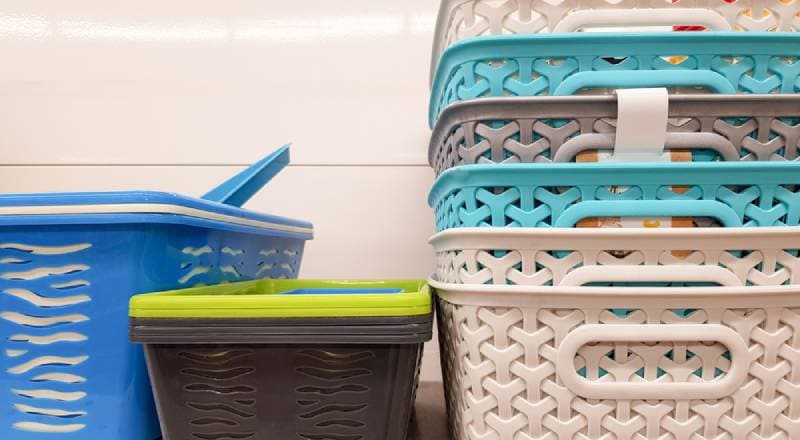
Undoubtedly, you use your basement for storage. However, it’s essential to plan for the worst if you have anything valuable downstairs. It could be precious, irreplaceable photographs or other items that are priceless but not covered by flood insurance. We suggest putting anything that fits this bill into waterproof bags or containers, preferably on a high shelf well out of harm’s way.
Final Thoughts
Flooding is a consequence of 90% of natural disasters. It can make a weather event that much worse because of its aftermath with water contamination, mold, and structural damage.
Flood-proofing your basement is a wise move to reduce your risk of more serious effects with a more significant financial impact. Prevention will save you time and money in the long run, making it worth the investment.
- Most expensive U.S. flood disasters by payouts | Statista
- Fact Sheet: Flood Plain Management, Insurance and Rebuilding | FEMA.gov
- Drip calculator: How much water does a leaking faucet waste? USGS Water Science School
- Flood Maps | FEMA.gov
- Written testimony of FEMA for a House Committee on Financial Services, Subcommittee on Housing, and Insurance hearing titled “Flood Insurance Reform: FEMA’s Perspective | Homeland Security
- https://www.dhs.gov/news/2017/03/09/written-testimony-fema-house-committee-financial-services-subcommittee-housing-and
- https://www.fema.gov/flood-maps
Featured Image Credit: obert Kneschke, Shutterstock
Contents
